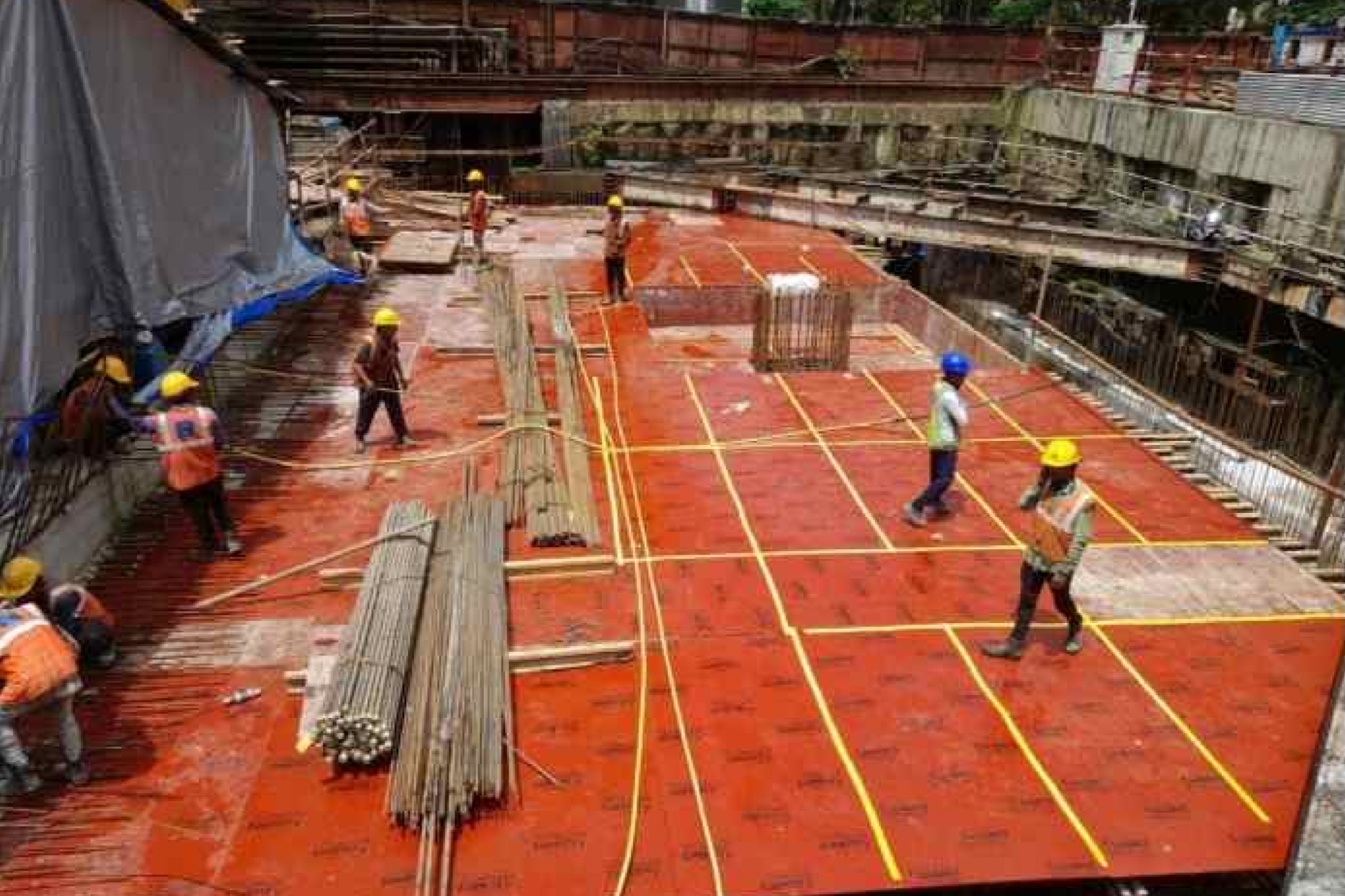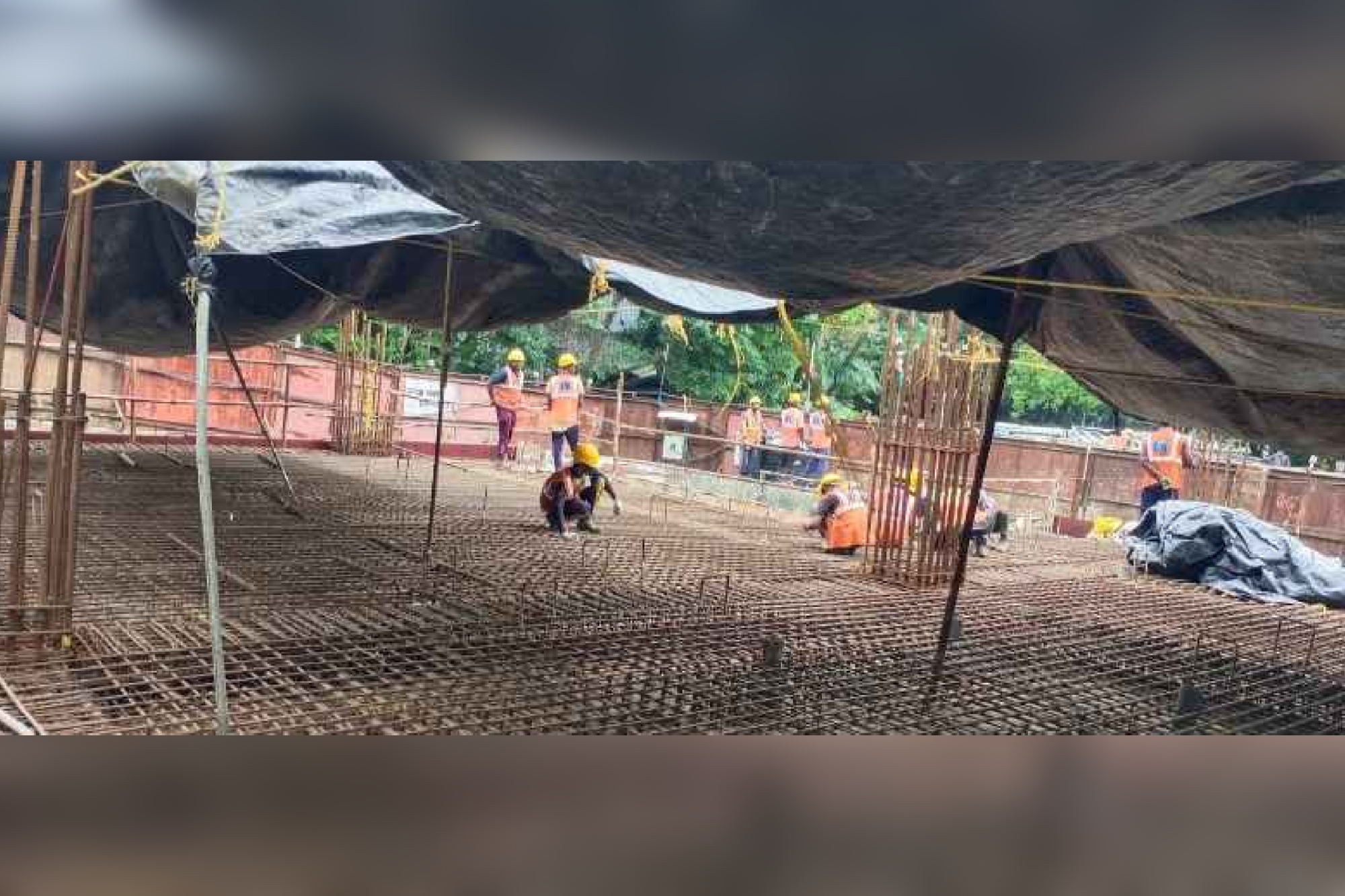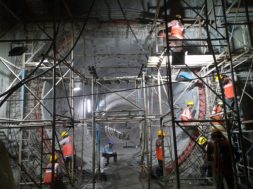Mumbai Metro phase 3: Decongesting roads by 35% and improving air quality

Moreover it will connect the “unconnected” areas and reduce travel time by 50% from South Bombay to the international airport.
Scope of Work
Being the general consultant and systems lead Egis India worked on the preliminary design studies, detailed design studies – The authoring of prequalification requirements and specifications, Analysing bids, naming preferred bidders, negotiating contracts was also a part of the task. So was validating designs and plans drawn up by the contractors, supervising construction work, factory and site acceptance, integration and validation tests and commissioning.
Challenges involved in the project
With significant demographic challenges that Mumbai offers, some of the key challenges involved are difficult geographical terrains for tunneling & heritage sites. Moreover the Archaeological Survey of India have many buildings in South Bombay, where the project is based, enlisted as monuments of national importance. This technically barred the client from deploying TBMs and traditional cut and cover stations at specific underground locations.

Innovative materials and technologies used in the project
Living up to the committed deliverables. EGIS Rail has supported the client in scouting for alternative options to land acquisition hurdles that will not defer MMRC’s priority plans for phase 1, ROD by September 2022. On a successful note, EGIS Rail expects to deliver oscillation trials of Train set 01 ending with RDSO’s witness by May 2022. EGIS Rail, along with other consortium members, have implemented NATM to avoid infringement at specific heritage locations. As the systems lead, it involved overseeing huge quantum of activities in mechanical, electrical and plumbing and tunnel ventilation and environmental control system, EGIS Rail has assessed MS wire supports in place of conventional GI rods for cable trays and ducts in 7 NATM stations.

Benefit to the public
Being the financial capital of the country, the strategic position of the Mumbai Metro line 3 corridor is confident about attracting several business opportunities and generating long term employment after completion. With paramount importance assigned to conserving precious energy resources in one of the most populated city of the second most populated country in the world, green Metro stations of Mumbai Metro line 3 will practice § LED like energy efficient lighting and control solutions during peak and off-peak hours, harvesting natural light to optimise station and depot lighting, water treatment solutions for recycling condensed water from the station HVAC systems and occupancy sensors to monitor power consumption in the paid areas of the station box. Regenerative energy braking of energy efficient rolling stock that will cover approximately 1,140km (each train set) in 18 hours per day catering to an estimated ridership of 72,000 pphpd. Rationalising headway between priority stations during key business hours, resorting to coasting during train operation and reducing dwell time at stations as per commuter requirements. Ranking 21st in the world with a population density of 25,357 per sq.km., Mumbai (an amalgamation of 7 islands) will benefit from Mumbai Metro line 3 are Connecting “unconnected” areas and reducing travel time by 50% from South Bombay to the international Airport. Decongesting roads on the Mumbai Metro line-3 corridor by 35% with improved air quality and reduced air pollution that currently has PM2.5 hovering at 5.8 times above the “WHO” annual air quality guideline value. Minimal cost Maximum convenience offered by a modern mass rapid transit system.
Cookie Consent
We use cookies to personalize your experience. By continuing to visit this website you agree to our Terms & Conditions, Privacy Policy and Cookie Policy.










